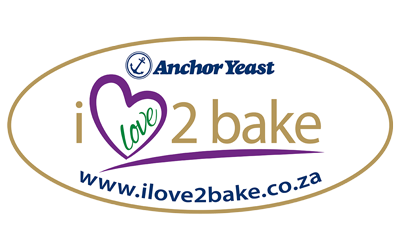Types of Yeast
- Instant Dry Yeast is a fine, light cream-coloured granule. Instant Dry Yeast must not be dissolved in water but is added directly to the dry ingredients. This yeast is quick, easy and convenient to use and is best suited for baking.
- Brewers Dry Yeast is a coarse, darker granule, which requires dissolving prior to use. It is used for the brewing of traditional beer.
Yeast and Baking
In bread making, yeast plays three key roles:
- Yeast makes dough rise
Yeast works by consuming sugar and generating carbon dioxide and alcohol as by products. The basic ingredients for bread dough are flour, water, and of course yeast. When these ingredients are mixed together, enzymes in the yeast and the flour cause large starch molecules to break down into simple sugars. Yeast cells thrive on simple sugars. As the sugars are metabolised, carbon dioxide and alcohol are released into the bread dough, making it rise. - Yeast strengthens bread dough
When you mix flour and water, the proteins in the flour absorb the water to form an elastic mass of molecules that we call gluten. In bread making, we want to develop as much gluten as we can because it strengthens the dough and holds in gases that will make the bread rise. - Yeast produces flavour
Imparts the characteristic flavour of bread by producing aromatic compounds that contribute to the aroma and taste of bread. These reactions occur primarily in the crust and the resultant flavour diffuses into the crumb of the baked bread.
Facts about Yeast
- There are about 500 species of yeast.
- They are classified in the fungi kingdom.
- Yeast produces carbon dioxide when it consumes sugar.
- Yeast is taken as a vitamin supplement because it is 50% protein.
- Yeast is a rich source of B vitamins, niacin and folic acid.
- If you deprive yeast of its sugar supply it doesn’t die.
- Yeast can split to make two yeast cells.
- In some species two cells fuse before undergoing spore formation.





